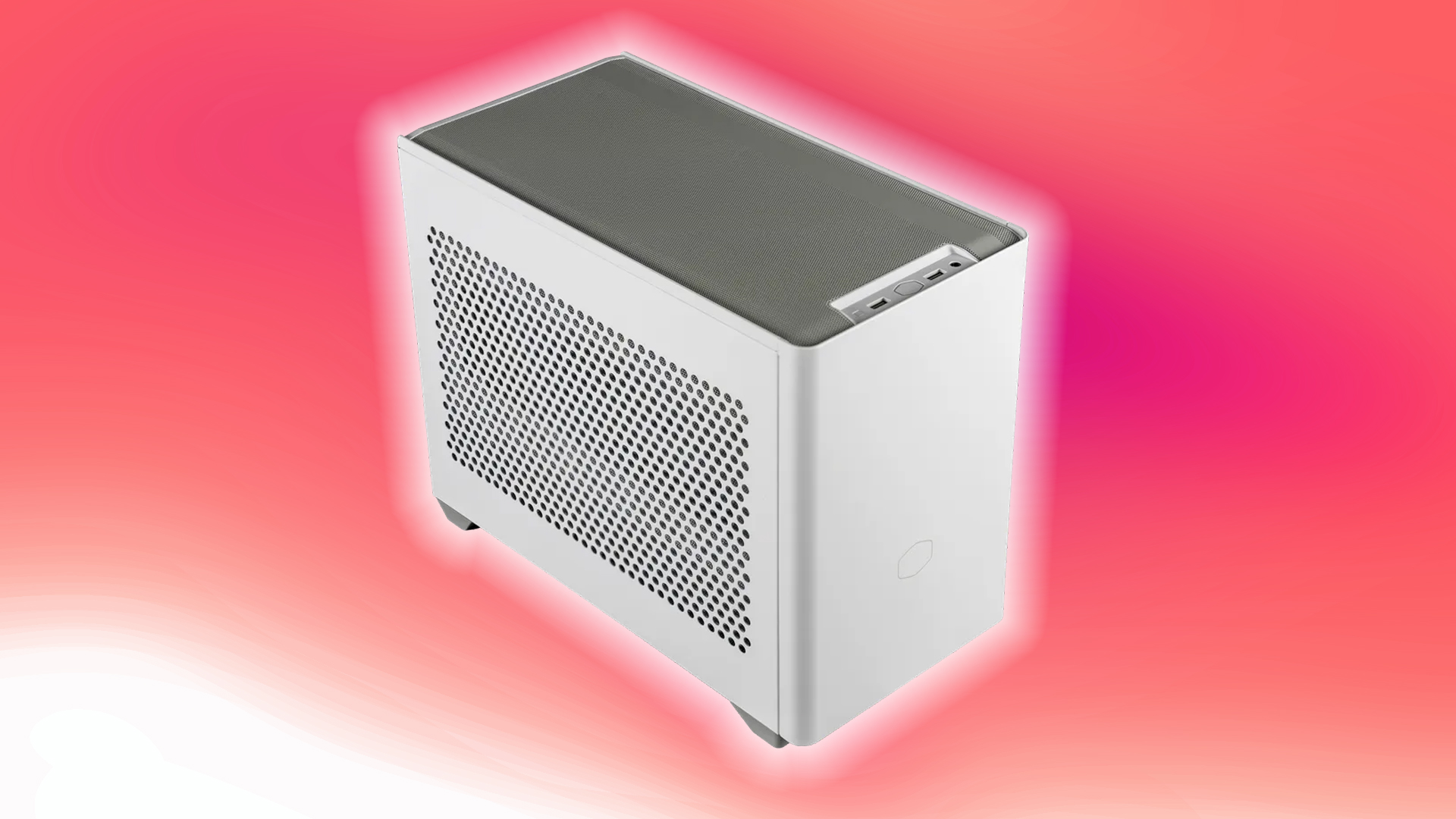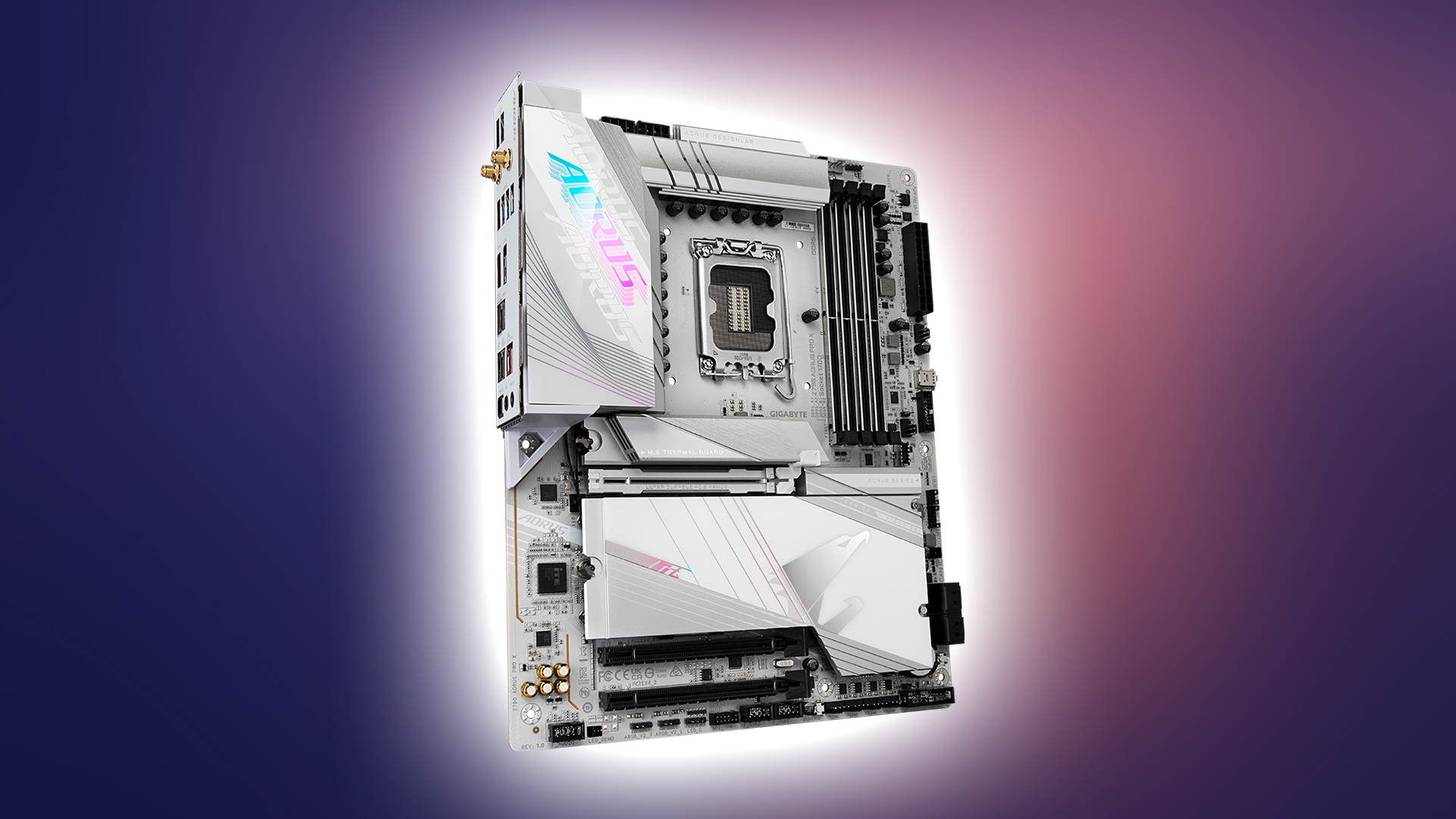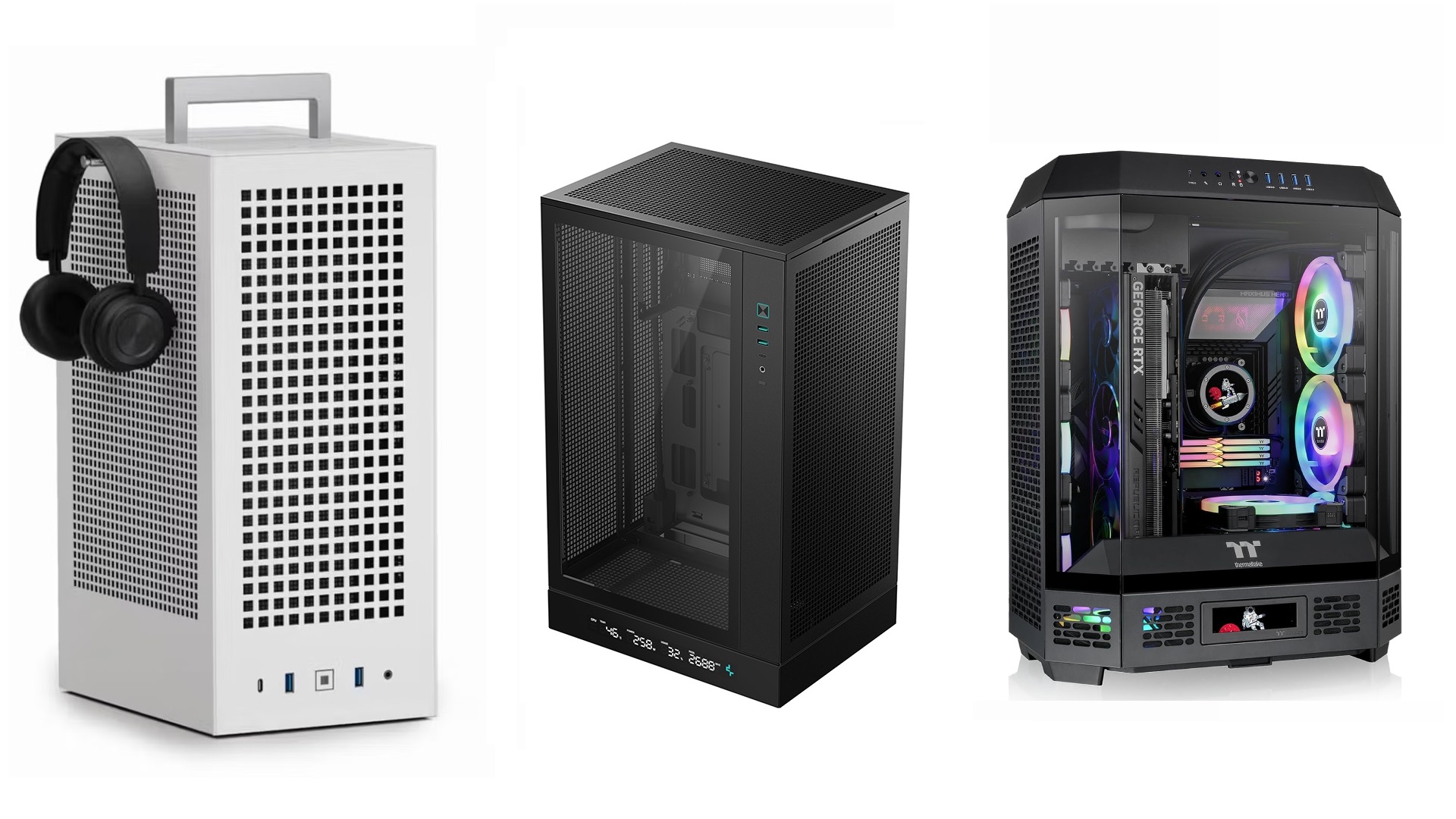White PC components look stunning—but why do they cost more? Discover the hidden costs, from UV production to economics and more.

When picking parts for your next PC build, aren’t you often surprised that the white-painted part costs more than the standard one? Additionally, they end up being pretty hard to keep clean, as dust accumulates, and it’s noticeable more easily. However, the truth is that, aside from its color, the part may look the same; however, white components often require more specialized manufacturing treatments.
These include UV-resistant coatings, which prevent yellowing, followed by a higher quality control check and more precise manufacturing. All of these things contribute to a higher cost. So, if you are buying a component and the white alternative costs more, this article will help you answer that query.
Why White PC Components Cost More

To gain a basic understanding, this phenomenon extends beyond just manufacturing complexity—it also involves economics. Many consumers have a strong desire to build PCs that match their personal aesthetic preferences. The PC-building scene today is about more than raw hardware and performance; visual appeal matters greatly.
If a company releases a case that offers excellent cooling but looks outdated, like something from the mid-2000s, only a niche group of buyers will likely consider it. The majority of users will choose a more stylish option, even if it performs worse thermally. It’s economics in action. Brands recognize this demand for design and aesthetics and often charge a premium for it.
Reasons Behind White Component Premiums
- Material Costs: When manufacturing components that require plastics, white-themed ones require expensive titanium dioxide pigments and anti-yellowing agents, whereas black components use less costly materials.
- Manufacturing Complexity: As mentioned earlier, white-themed production requires stricter quality control, as it has higher scrap rates due to contamination sensitivity.
- Limited Production Runs: Smaller batch sizes result in cost savings that are not achieved through mass production. Cost savings equals higher profits.
- Market Positioning: Companies market white components as premium aesthetic choices.
- Supply and Demand: Lower demand creates artificial scarcity and, therefore higher pricing.
- Quality Requirements: White components need UV protection and color stability additives to prevent yellowing.
Conclusion: Are They Worth It?
The answer depends purely on your building priorities. If you’re building a themed showcase PC for your living space or streaming setup, aesthetics are mandatory. If you’re going for pure performance, then not so much.
We provide the latest news and “How To’s” for Tech content. Meanwhile, you can check out the following articles related to PC GPUs, CPU and GPU comparisons, mobile phones, and more:
- 5 Best Air Coolers for CPUs in 2025
- ASUS TUF Gaming F16 Release Date, Specifications, Price, and More
- iPhone 16e vs iPhone SE (3rd Gen): Which One To Buy in 2025?
- Powerbeats Pro 2 vs AirPods Pro 2: Which One To Get in 2025
- RTX 5070 Ti vs. RTX 4070 Super: Specs, Price and More Compared
- Windows 11: How To Disable Lock Screen Widgets
 Reddit
Reddit
 Email
Email


